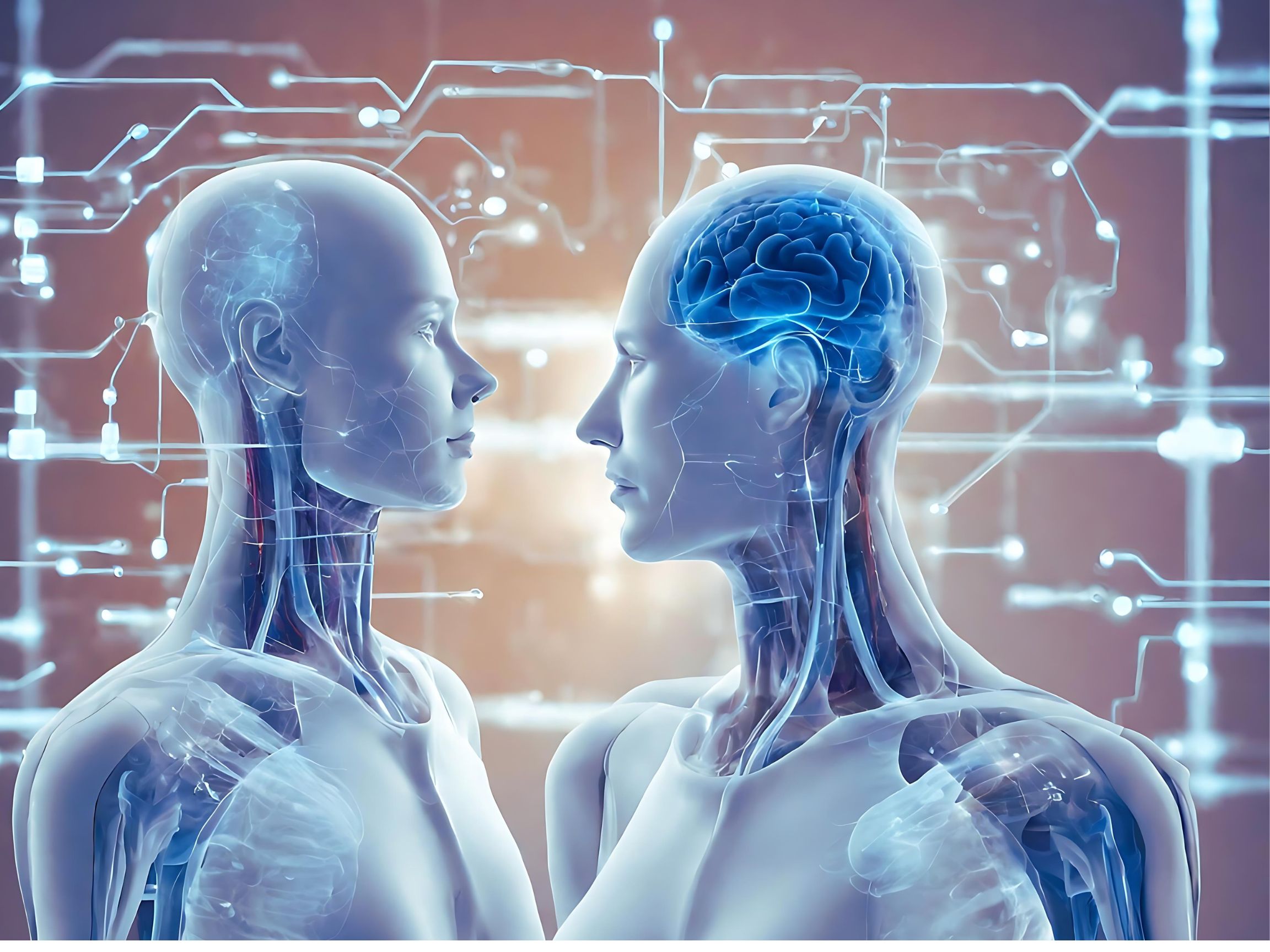Biometry and digital identity in the post-COVID-19 era
The current pandemic has pushed the world into social distancing and thus, jobs with a touchless or contactless system. Biometry, on which digital identity is based on, in this post-COVID-19 era, has allowed us to do many different things without touching surfaces . This conjunction of technology used even before COVID-19 consolidates today to change our lives.
How will our digital environment change in the new normality?
The biometric technology allows the identification of physical features, which are measured with algorithms that verify the identity of a person. Among the most used ones are for example: fingerprints or facial recognition to unlock smartphones or to access you work center.
Regarding Biometry in the post-COVID-19 era we see two main changes linked to digital identity. On one side, biometric technology is the great winner and on the other side, human beings will discover that only our bodies are necessary to authenticate ourselves at banks, hospitals or work centers.
Many of these biometric systems will mark our daily lives in the so-called “new normality” but most of them have existed since before the pandemic. There use during these last few months has sky-rocketed and everything indicates that it will keep on expanding and gaining popularity.
Eye tracking: your eyes know everything about you
Eye tracking allows us to do many different activities with just one look. In a context where physical contact must be reduced, this tool is one of the greatest winners.
“This virus has made us skip years in the launching of certain technologies, even though we were already implementing them, they were being relegated because they weren’t thought to be crucial”.
Eduardo Jauregui, co-founder and CEO of Irisbond, pioneering company in this market, in an interview with the El País newspaper.
In the social distancing scenario, the eye tracking gives us, among others, the following possibilities:
- Direct elevators: These spaces where so many people touch the same surface can now be handled with just the sight. Interior cameras can track the user’s look and identify where it is heading.
- Controlling people’s access: This works quite similar as the elevators. Work centers can make a sweep of all their workers eyes. This biometric system can also be applied to buildings or public transport.
- ATM and bank operations: This would allow safe transactions with just the identification of the iris.
- Driving and managing work machinery: This has the advantage of avoiding physical contact with the surfaces but also avoiding accidents at the work place.
- Payment actions: This has been implemented in some platforms in a successful way, for example recently with Google Chrome.
Facial Recognition: the camera knows who you are
Facial recognition keeps on gaining popularity in the current in the context marked by biometry and digital identity post-COVID-19. This is a 100% non-transferable data that makes us unique. A very polemic topic surrounding its implementation is related with data security, which also applies to other biometric ID systems-, this is a matter that companies implicated in this management must protect to raise reliability among users.
This biometric system is already used in actions like unblocking your cellphone, in some payment systems and to access work centers. With the new post pandemic era it will be useful for airplanes and hotels as well. An option in which the user won’t have to touch anything, just show their faces in a camera.
Voice Biometry: new era technology
Voice is another technology that was also used even before coronavirus and that has been used more massively in the pandemic. Voice biometry will avoid contagions in daily activities and contribute to the reduction of bureaucracy, as well as paper consumption.
Actions like signing, accessing the office and paying using the voice have been potentiated in this pandemic times and the experts assure that they will increase the market for biometry and digital identity in the post-COVID-19 era. These operations, among others like controlling smart speakers at home, were known and used since before coronavirus.
With the use of biometric systems, proving who we are is much easier than we would imagine 20 years ago. Today, the greatest challenge that these tools are facing is the protection of the users’ data.
Artículos relacionados


